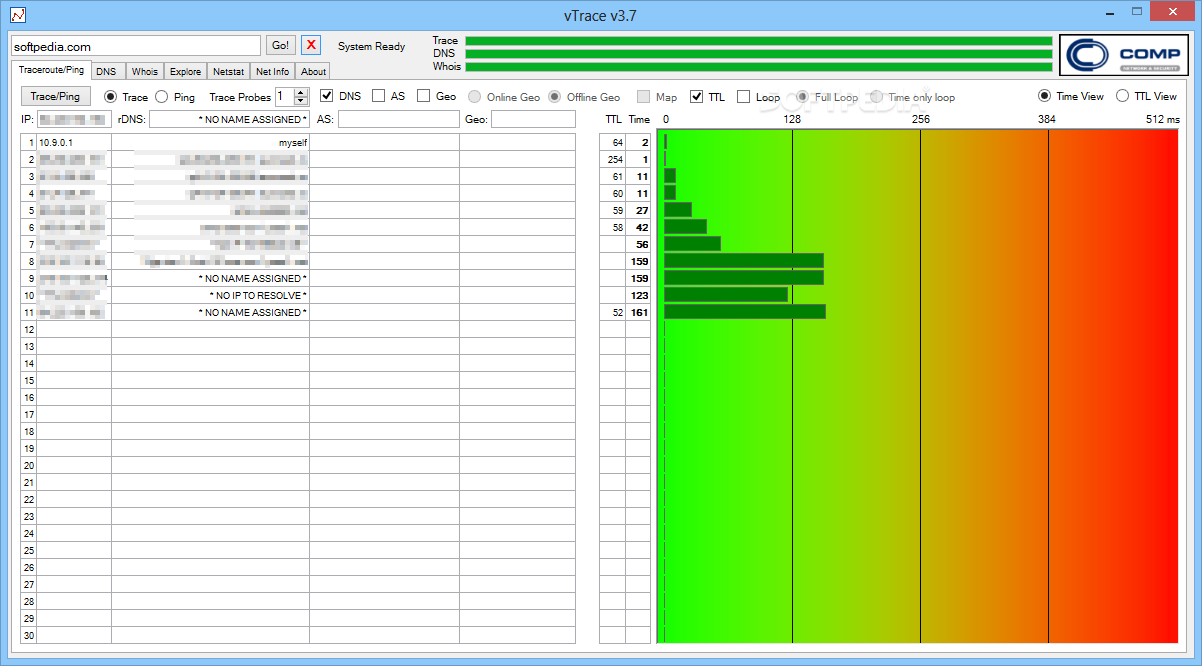


Make sure Trace debuggable applications is selected to includeĪpplications that have debugging enabled in the system trace. You can long-tap on the tile to enter the System Tracing app. The System Tracing app opens.Īlternatively, if you've set up the System Tracing tile, Open the Developer Options settings screen. To record a system trace using the System Tracing app menu, complete the Tracing and provides a switch for starting and stopping a system trace. The app menu allows you to configure several advanced settings related to system The system has finished saving a recorded trace Persistent notification that appears after When saving is complete, the system dismisses the notificationĪnd displays a third notification, confirming that your trace has been savedĪnd that you're ready to share the system trace, as shown inįigure 4: Figure 4. The system displays a new notification that contains the message "Saving System Tracing tile in the Quick Settings panel or on the System Tracing When you've completed these actions, stop tracing by tapping either the System Tracing saves a device's activity to a rollingīuffer, which holds 10-30 seconds' worth of events. Tracing running in the background, then stopping System Tracing soonĪfter the bug occurs. Note: You can record bugs that are difficult to reproduce by leaving System Perform the actions in your app that you'd like the system to inspect. System is now recording a trace, as shown in Figure 3: Figure 3. The tileīecomes enabled, and a persistent notification appears to notify you that the Tap the System Tracing tile, which has the label "Record trace". To record a system trace using the Quick Settings panel, complete the Position, use the panel's edit mode to move the tile. If you'd like the tile to appear in a different The System Tracing tile within theĪdds the System Tracing tile as the first tile in the Quick The system adds the System Tracing tile to the Quick Settings panel, The System Tracingįrom the app menu, enable Show Quick Settings tile, as shown in Figure 2. In the Debugging section, select System Tracing.Open the Developer Options settings screen.Enable developer options, if you haven't.(Figure 1), complete the following setup steps: If you're using System Tracing for the first time on your test device, or if youĭon't see the System Tracing tile in your device's Quick Settings panel The Show Quick Settings tile switch in the System Tracing app The Quick Settings tile is usually the more convenient way to complete the That way, the bug report process itself isn't included It's important to file this type of bug report after you've finished Note: As part of your development workflow, you might submit an on-device bug
#VTRACE V3.7 DOWNLOAD HOW TO#
How to complete the recording process using these interfaces. Settings tile or a menu within the app itself. The System Tracing app allows you to record a system trace using a Quick It's particularly helpful to record traces when addressing performance-relatedīugs in your app, such as slow startup, slow transitions, or UI jank. You can then use theĪpp to share results from these traces with your development team. Needing to plug in the device and connect to it over ADB. The app allows you to record traces directly from a test device itself, without
#VTRACE V3.7 DOWNLOAD ANDROID#
Devices running Android 9 (API level 28) or higher include a system-level appĬalled System Tracing.


 0 kommentar(er)
0 kommentar(er)
